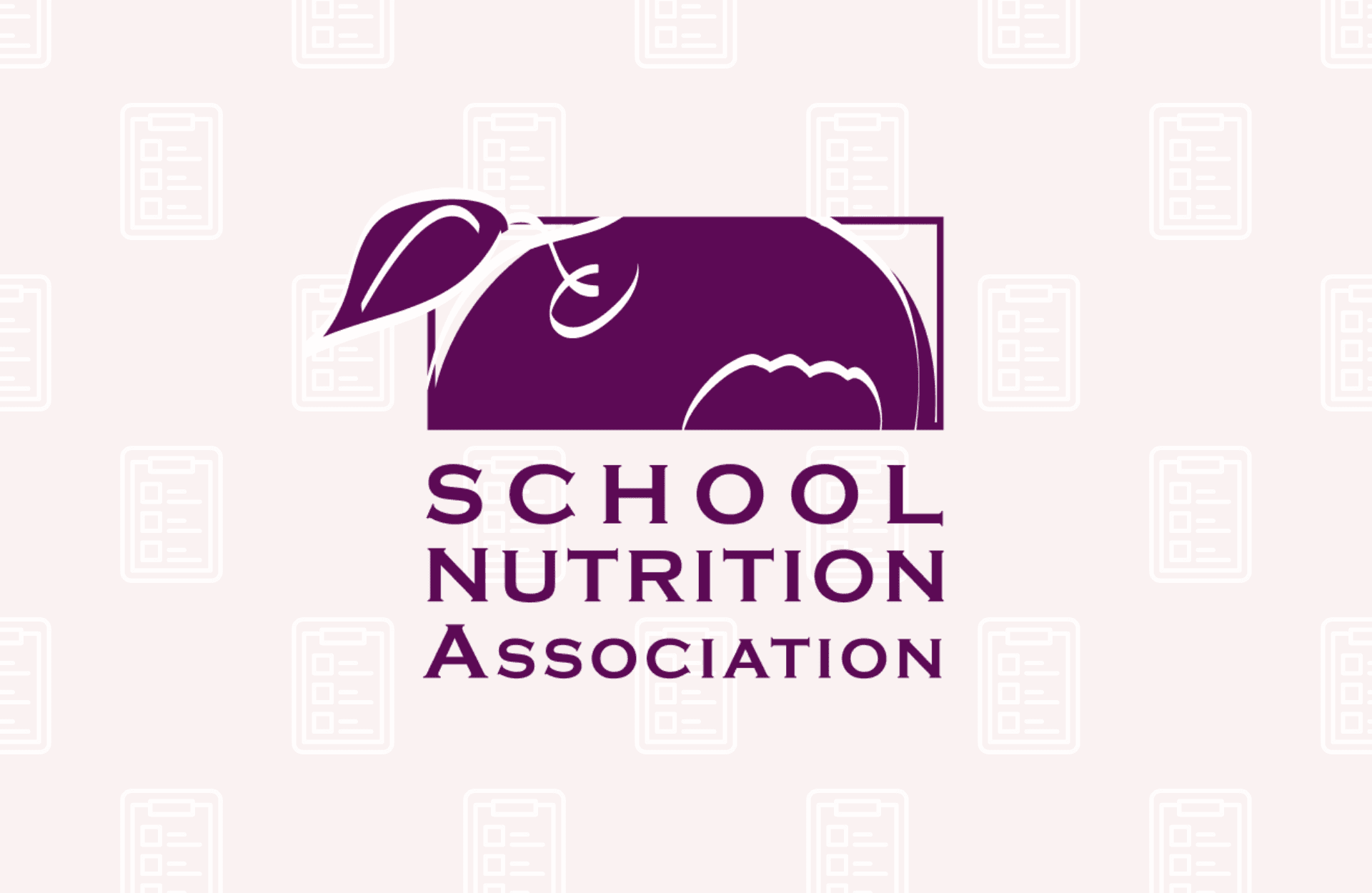FOR IMMEDIATE RELEASE:
Contact: Diane Pratt-Heavner
301-686-3124
media@schoolnutrition.org
SNA Survey Indicates Continued Challenges for School Meal Programs
2014-08-11
Nearly a quarter of responding meal programs operated at a net loss for 6 months+
NATIONAL HARBOR, MD – As students prepare to head back to school, a new survey of school meal program operators finds many are struggling with higher costs, shrinking revenue, and challenges with product availability and student acceptance under new nutrition standards for school meals.
During School Nutrition Association’s (SNA) Annual National Conference in Boston last month, attended by school cafeteria professionals nationwide, SNA surveyed director-level attendees to identify school nutrition trends for the upcoming school year. The survey, which netted responses from directors in 240 districts across 46 states, identifies difficulties many school meal programs have encountered since new mandates first took effect in 2012.
“School nutrition professionals are committed to improving school menus and encouraging students to make healthier choices,” said SNA President Julia Bauscher, SNS. “We support most of the new nutrition standards, but some of the regulations have had unintended consequences to the detriment of school meal programs and the goal of promoting healthier diets for all students. USDA statistics prove student lunch participation under the new standards is down in 49 states with over a million fewer students choosing school lunch each day. Now, SNA’s new data shows how these regulations are impacting the bottom line in schools nationwide. These challenges are real, and they threaten the sustainability of school meal programs while hindering efforts to make further menu improvements.”
Survey results indicate many school meal programs struggled with decreased revenue and increased costs last school year:
- 46% of respondents reported that their overall program revenue decreased in School Year (SY) 2013-14, with only 21.5% reporting an increase in revenue.
- 87% of districts reported an increase in food costs.
Many respondents anticipate these trends will continue in SY 2014-15:
- 85% of directors predict increased food costs for SY 2014-15 and a large majority anticipates increased labor and supply costs.
- 43% expect declines in overall program revenue.
- 59% anticipate a decrease in a la carte revenue under the new Smart Snacks in School rule, with 29% anticipating a “strong decrease.”
The forecast is bleaker for the 72% of programs not eligible for or planning to participate in the new Community Eligibility Provision (CEP), available nationwide in SY 2014-15. CEP allows high poverty schools to offer free meals to all students regardless of family income and without an application. In SY 2014-15, over half of non-CEP districts anticipate a decline in revenue verses the 18.5% of CEP districts that expect shrinking revenue.
Persistent revenue declines and rising costs threaten the financial stability of many school meal programs. The Fiscal Year 2015 House Agriculture Appropriations Bill proposes a temporary one-year waiver of the new standards for school meal programs operating at a net loss for six months or more:
- 22.5% of respondents reported their programs are eligible for the proposed one-year waiver, and another 12% were unsure if their programs would be eligible.
- 22.7% of respondents indicated they would be interested in applying for the waiver.
Survey respondents also reported significant increases in plate waste and challenges with the cost of foods that meet the new standards, including the 2014 mandates that all grains must be whole grain rich and that each breakfast offer a full cup of fruit/vegetable.
- 81% report an increase in the amount of food being thrown away by students at lunch.
- Vegetables are most frequently identified as causing the increase in plate waste.
- More than 60% anticipate whole grain rich mandates will increase their average cost of preparing school meals in SY 2014-15.
- 87% anticipate the breakfast mandate will increase the cost of preparing a breakfast in SY 2014-15, and indicated an average cost increase of approximately 14 cents per breakfast.
Although food companies are introducing new items that meet whole grain rich and sodium reduction mandates, respondents report that procurement of acceptable foods that meet standards is still a challenge.
- More than 60% anticipate procurement of acceptable lower sodium and whole grain rich products will be a challenge in SY 2014-15, when new sodium targets and whole grain mandates take effect.
SNA supports most of the new nutrition standards, but is requesting commonsense flexibility under the rules to help students adjust to changes in the cafeteria, increase the number of children participating in the school lunch program and keep school meal programs financially stable. Specifically, SNA has asked USDA and Congress to:
- Maintain the 2012 requirement that 50% of grains served be whole grain rich, instead of pushing forward new mandates for 100%.
- Maintain Target 1 sodium levels, and suspend further reductions until scientific research supports them.
- To avoid food waste, offer, but do not require students to take a fruit or vegetable.
- Allow healthy items permitted on the meal line to be sold a la carte as well.
For details on SNA’s requests of USDA and Congress, click here.
For the School Nutrition Trends Survey 2014, click here.
About School Nutrition Association:
The School Nutrition Association (SNA) is a national, non-profit professional organization representing 55,000 school nutrition professionals across the country. Founded in 1946, SNA and its members are dedicated to making healthy school meals and nutrition education available to all students. To find out more about today’s school meals, visit www.TrayTalk.org.
Related Articles

SNA Urges MAHA Commission to Invest in School Meals
Read More

School Nutrition Professionals to Implore Congress to Protect School Meals
Read More




